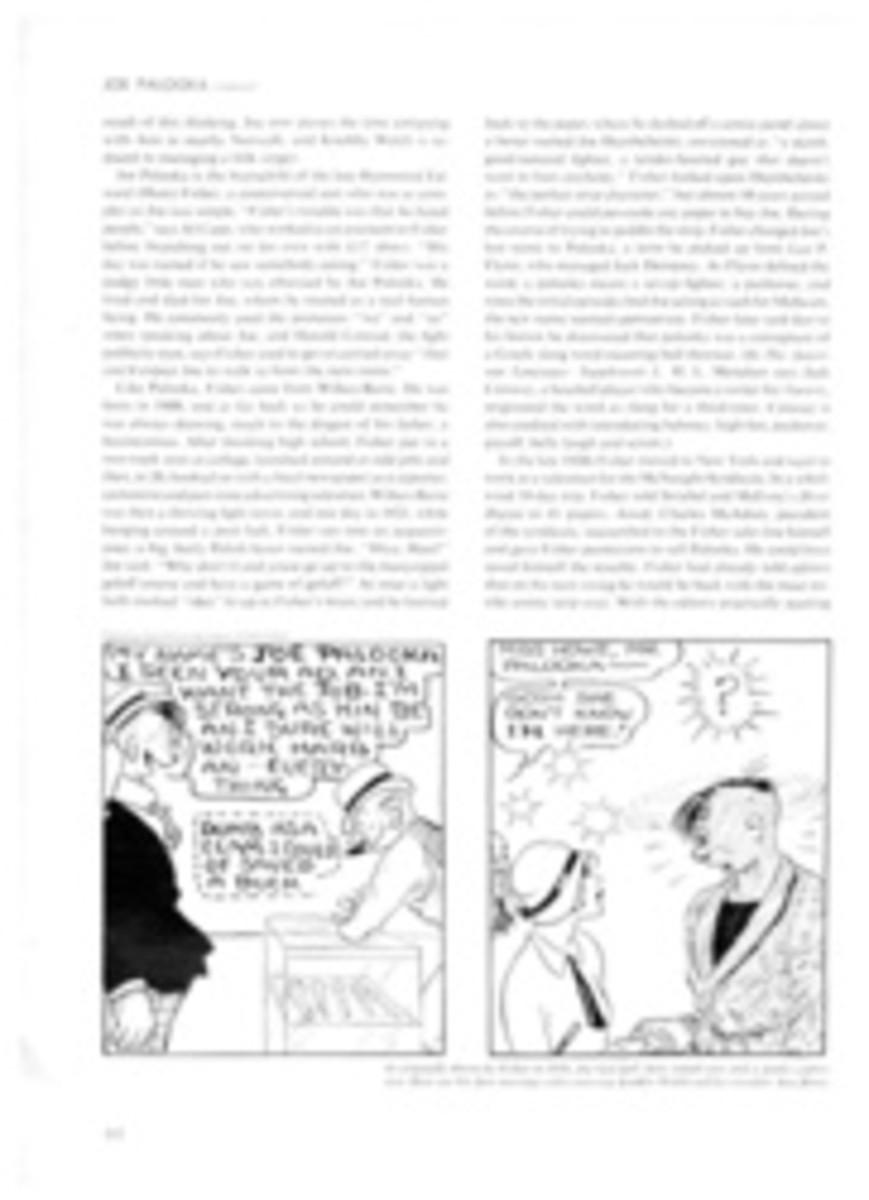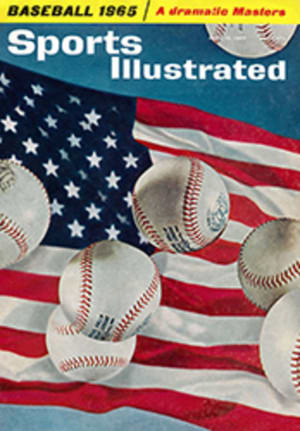
The old school tie is so exclusive that almost anyone with a neck has one
An Englishman's neck is his billboard. Give him a school, college or regiment and he will drape his throat in a cravat of special and occasionally startling design unintelligible to 99% of his countrymen.
But to the 1% who may recognize it, the proper tie—old-school or otherwise—brings a warm glow of satisfaction.
One of the world's great wellsprings of striped ties is Vanners & Fennell, London textile merchants who weave the designs for "clubs and regimentals." They have an inventory showing 60,000 different kinds of special ties and get 25 to 50 inquiries about new patterns every week, according to Bernard Rowland, the firm's agent in America.
Ties come in three categories: descript, which mean something (subdivided in the trade into "clubs and regimentals," with stripes, and "motif" ties, with crests, crowns, etc.); nondescript, which do not mean anything; and novelty ties, sometimes known as knee-danglers. In a little shop called C. H. Munday, just off Leicester Square in London, a thriving business is done in little else besides 2,000 different styles of descript ties.
Descript ties do not have to go with the color of your suit. The Leander Boat Club tie, for instance, is solid pink—which does not go with very much. Old gaffers at Henley sometimes also wear pink socks, which might startle visiting Americans but is normal plumage among boating colors.
The two most famous ties are the Old Etonian Club (light blue stripes, standard bias, on black background) and the Guards (equal-size bands of alternating maroon and navy, standard bias). Of course, no one is supposed to wear an Old Etonian tie unless he is a paid-up member of the Old Etonian Club and, since most people aren't, only about 20% of the ties are worn legitimately.
Vanners & Fennell make 80% of all the descript tie material used in the British Isles and a huge amount of the tie material shipped abroad. South Africa and Australia are the great team-tie countries, but the U.S. is catching on. V. & F. make the material for the "golden fleece" ties Brooks Brothers employees can sometimes be seen wearing.
On most occasions there is a special tie that can be worn. Except sometimes.
When Neil Cream, the notorious murderer of women who some believe was the never-identified Jack the Ripper, was found putting his tie on at dawn the day of his execution, James Billington, the most renowned hangman of his time, is said to have remarked, "I don't think that will be necessary this morning, sir."

